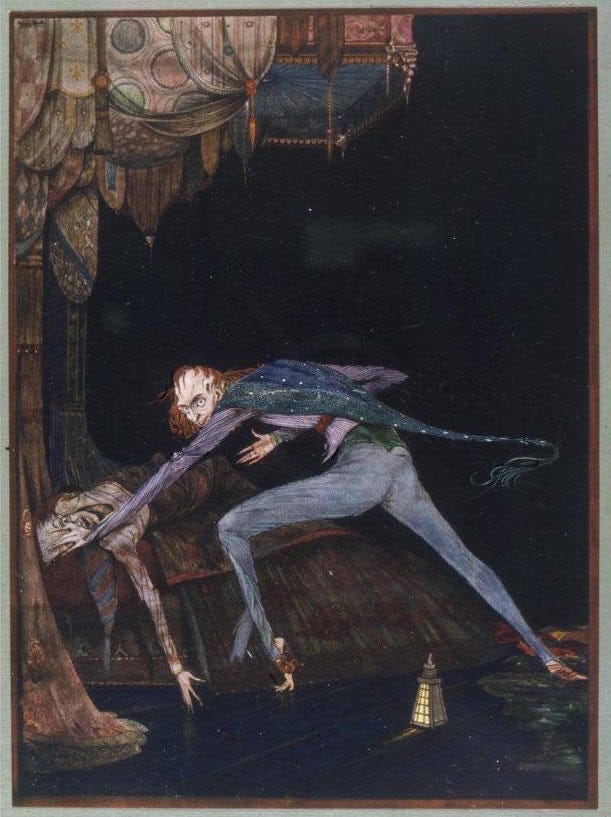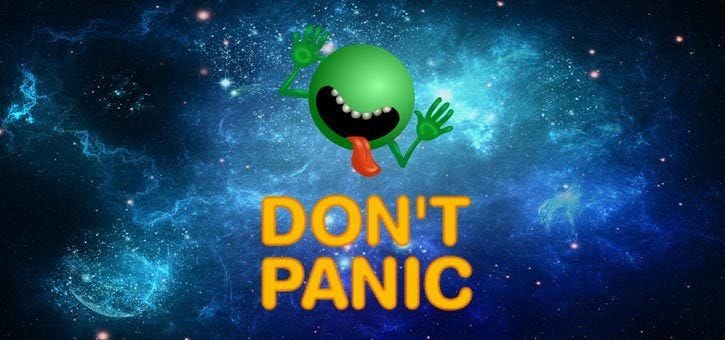The POV Conundrum
POV is hard. And excellent authors do cool things with it that are very unfair...
Back on the ol’ blog, I posted a series of my lecturettes from old and/or defunct classes, so that material wouldn’t be lost to the ages. I wasn’t able to catch all of my old dead classes, I’m afraid (methinks the Harry Potter course from 2005 DU would be super cool to revisit now), but. Some lectures survived—they’re called “lecturettes” because they’re from classes designed back in the day, when we didn’t have futuristic things like Zoom. This one is the 5th lecturette from DU's defunct Writers on Writing course, which was for creative writing students in their graduate Liberal Arts program at University College. I don’t remember when I taught the class—it must’ve been pre-2010. But I put it up again, a little adapted, onto my blog on Jan. 30, 2015. This version is slightly tweaked from that one. Please to enjoy.
--------------------------------------
The POV Conundrum
There's more wisdom in a story than in volumes of philosophy. --Philip Pullman
Back when I taught Introduction to Fiction at Metro State University of Denver, I liked to assign and discuss Poe’s short story "The Tell-Tale Heart." This time, in late 2014, I chatted about it with a handful of college freshmen. They all agreed that it was the most entertaining story they had read so far that semester, but were uncertain as to why they liked it so much. Something about the immediacy of it, they mulled: there was an element of suspense in "how Poe wrote it," or maybe it was his "writing style." What is his writing style?--I asked. They didn't know: what does "writing style" mean? Is it the choice of words, the breadth of vocabulary, that ever amorphous term "voice," or what? NOTE: is it possible to spoil a story that’s almost 200 years old? Well I’m gonna.
The conclusion we reached had to do with Poe's POV character. This central character is what made the story so compelling. These young students were surprised to find that nothing actually supernatural occurred in the story (having heard of Poe but having never read any of his work before now). The eerie spooks they all expected were all in the narrator's head, not real in the world of the story. They were also surprised that it wasn't suspenseful because of it being a murder mystery, either--I mean, we all know who dunit and how he dunit, there was no detective lifting fingerprints to find the murderer, not even the suspense of a Columbo closing in on court-accepted evidence. So what is this story, then?--I asked. What is it about? "It's all about the main character's madness," one student replied.
"The Tell-Tale Heart" is first-person POV (the narrator uses “I”) and stays with the same character through the entire story. But the central story doesn't take place at the scene of the murder: it's implied he's telling us about what happened sometime later. Maybe we’re interviewing him in prison, or asylum? He also keeps repeating that he's not insane, and uses this narrative to attempt to prove it to us, the readers. "Hearken," he says, "how calmly I can tell you the whole story." Of course, each instance he brings up allows us to understand more and more how unhinged he really is. This story is very like a monologue in style—it could almost be shelved with dramatic literature. And, of course, it is a classic example of the unreliable narrator.
I encouraged my students to pick up this story again (and other stories assigned) for their week's exercises, and do this character voice analysis trick, that I first started doing from my experience in theatre: Look at punctuation and typeface. These things make the sound of a character's voice vivid enough even to hand to an actor (in fact, it's said that punctuation was invented as a system of cues for a reader-aloud to know when to pause for breath). Notice how many pauses the POV-character takes, and how long. Is it em-dash length, or ellipsis length, or do they take a whole paragraph break? Notice the length of the sentences, and if that changes. Look at use of font variations like italics or all-caps. Notice any spelling oddities to illustrate dialect. And of course, where is there dialogue spoken aloud, or inner thoughts narrated? Your mind can take theatrical cues from the text itself to create the sound of a voice in your head. Try reading passages aloud.
Ways Established Authors Cheat, Making it Unfair For the Rest of Us:
POV choice and POV shifts are some of the most difficult techniques for a prose writer to master--I myself have been known to switch out of POV without realizing it, driving myself and my editors nuts. My problem is, I've been a reader forever (since about 1 & 1/2 years old, before I could talk), and so I'm heavily influenced by classic and/or phenomenal authors who are allowed to mess with the rules because they're so good at the rules to begin with. So, especially as a young hopeful in the Fantasy genre, I’d try something similar, but all I'd end up with is a sloppy, confusing POV. Here are some of my favorite unfair examples from some of my favorite books:
1.) Fritz Leiber, author of the Lankhmar adventures, goes into and out of the POV of both his anti-heroes, but usually no other characters (there are some exceptions, as this series isn’t all that consistent). So there's no author-as-narrator, but also no limitation as such to either Fafhrd's or the Gray Mouser's voice only. And then, to make matters worse, there's often information given that neither character knows or is present for, so what the heck POV is Leiber using? He's not making mistakes, is he?

Well, no, actually--Leiber uses a brilliant device for his involved-author-narrator in those cases. The clue lies in phrases like: "They say the two heroes did such-and-such, but but historians still argue," or, "For a while, the twain pass out of record, but by piecing together events, one can surmise..." In other words, Leiber's involved-author voice is actually the POV of a group: the gossips and historians of the city. "They say," or "Have you heard?" takes care of what would otherwise be either cumbersome POV shifts, or the inclusion, on and off, of an omniscient author-narrator. This way, we stay firmly within the world. Plus, we all know that gossips are pretty much omniscient irl, right?
2.) Peter S. Beagle's incredible novel The Innkeeper's Song has chapters titled by character name, so it's easy to see who we are supposed to "be" during that chapter. And each chapter is in 1st person POV. (Faulkner does this a lot too). And depending on what's happening, Beagle chooses which character should relay what information, so that various perspectives on sometimes the same events not only paints each character more vividly than a limited-1st, but also reveals secrets with the most emotional impact.
3.) Douglas Adams' Hitchhiker's Guide series (especially the first one) has an involved omniscient author POV too, but instead of it being the author's voice (a-la Dickens), the POV is that of the Guide itself, sort of a PDA of all possible information in the galaxy one might need (and much that one doesn't). Using this mechanical "character" as the omniscient author narrator, we get some hysterical dry humor, at times almost a MST3K-like commentary on events.
4.) YA novel Mara, Daughter of the Nile does the whole chapters-in-different-POVs device to good effect. It's a thriller/suspense novel set in Ancient Egypt, and who the POV is at any time is crucial to the suspense: in a mystery or a thriller, *when* a reader knows a thing is more important than *what* she knows.
Author Eloise Jarvis McGraw also totally cheats using this technique: a couple scenes are in the POV of Egyptian deities, not the characters at all. One extremely tense scene is from the limited POV of Nuit, goddess of the night and childbirth. Nuit is not involved emotionally or vitally in the events taking place (she doesn’t know who any of the characters are or their names), but can literally look down on them and see what they are doing, relaying information in a very detached manner. We as readers, however, are excruciatingly tense, since we know very well who she’s looking at and what’s at stake. And when one of our protagonists goes inside, where Nuit can’t look because of the light, we can squirm in suspense as she muses casually that it’s been fun watching these scurrying mortals but it’s time to go now…
…
As you skim your favorites noticing POV, see how and why these authors do what they do. See if you can mess around within your own writing: see where you get too cinematic, where you shift POV, if you can tell when you do, and if you should. Try limiting yourself to just one of your characters' POV for a while, see if it changes your intimacy with the character, if he tells you more about himself than you knew before, or if he opens up something about the plot you didn’t know was there.






Lincoln in the Bardo is the craziest study in POV that I've ever read. I heard John Irving say once that he switches POV when he starts a new projects, so he never gets stuck in the same character or voice.